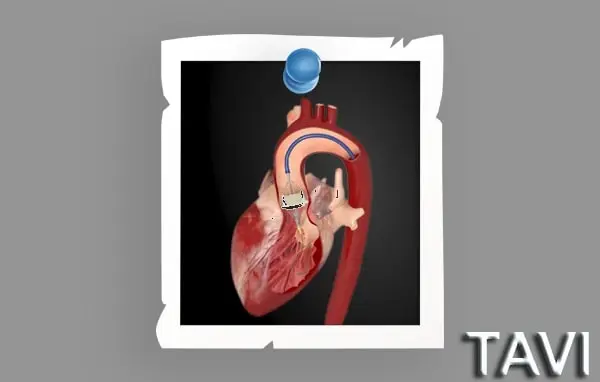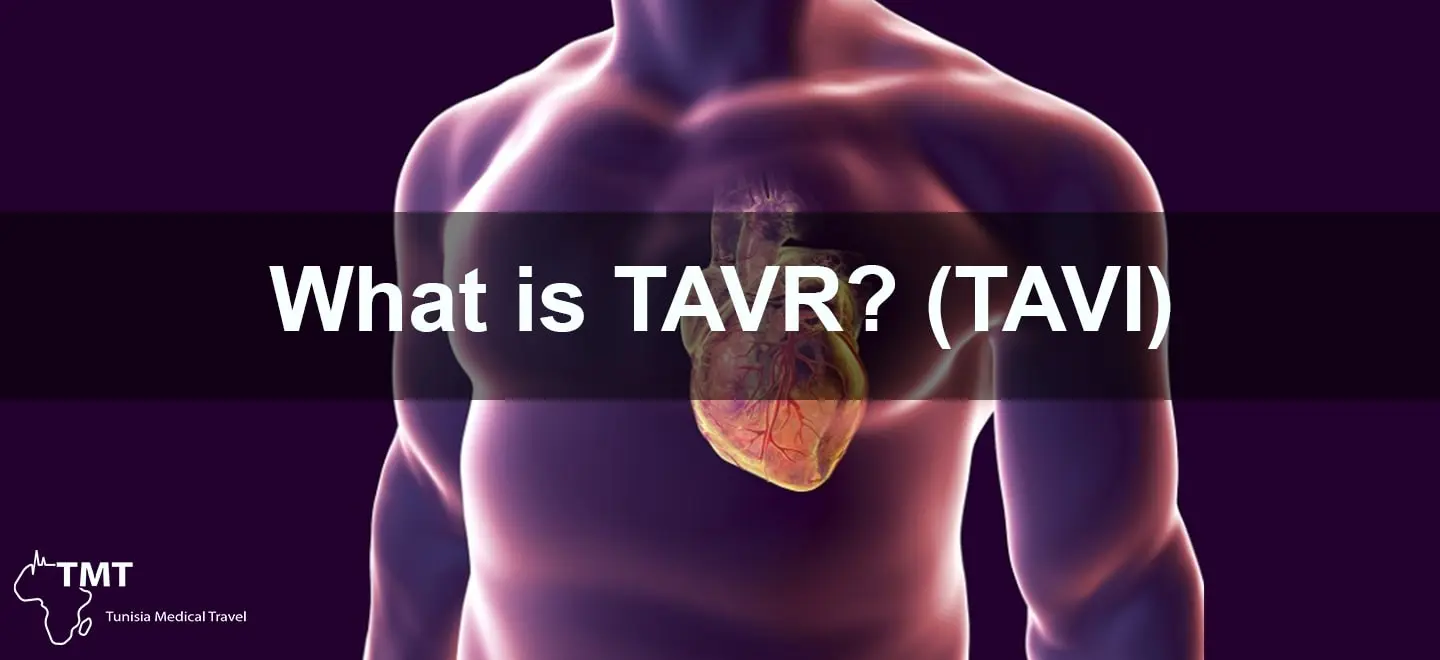What is TAVR? (TAVI)
What is TAVR? (TAVI)
Valve-within-valve — How does it work?
Similarly to native valve TAVR, the valve within valve process utilises the existing aortic bioprosthesis as a docking station for the second valve. The second valve is loaded into the delivery system and deployment technique is dependent on the type of bioprosthesis the original valve was. The second valve will either be deployed inside the existing valve using a balloon-expandable valve system or a self-expandable valve system. The advantages of these valve within valve procedures are that they are far less invasive compared to a redo AVR. Generally, there are reduced morbidity and mortality rates and reduced hospital stay. These patients are often very elderly and have multiple co-morbidities, so a less invasive procedure is far more suitable for them. A valve within valve procedure can also be more appropriate for a bioprosthesis in the mitral or tricuspid position. Once the second valve has been deployed, the hemodynamics are assessed to ensure a good functioning valve with no gradients below 30 mmHg or aortic regurgitation.
An elderly patient with severe aortic stenosis post bioprosthesis insertion who now presents with congestive cardiac failure. Echo shows a significant aortic valve gradient and a low ejection fraction. This patient would most likely further decompensate with a more invasive procedure such as a redo AVR, so a valve within valve TAVR procedure would be more appropriate for them.
How is TAVR or TAVI different from standard valve replacement?
In terms of the procedure itself, TAVR/TAVI is distinct from standard valve replacement surgery. The standard procedure requires the surgeon to open the chest wall for direct access to the heart, and the patient is placed on a heart-lung bypass machine in order to oxygenate the blood and pump it around the body while the surgeon stops the heart. With TAVR/TAVI, the procedure of implanting the valve is done while the heart is still beating. The TAVI approach can be performed in several anesthetic settings: local anesthesia with a sedative, general anesthesia, or occasionally with just heavy sedation. This limits the impact of the surgery itself on the patient and generally makes it easier for those in a frail state to undergo the procedure. Due to the minimally invasive nature of TAVI, it is particularly beneficial to those at very high risk of surgery, providing palliative treatment to patients who also have cancers or other advanced systemic diseases. This is in sharp contrast to the surgery, during which the patient must be in relatively good health to withstand the procedure and the following recovery.
What is involved in a TAVR procedure?
A TAVR procedure requires only a small incision and is relatively less invasive than open-heart surgery. Doctors can perform TAVR through multiple approaches: transfemoral (through the femoral artery), transapical (through the aorta, usually in patients who have a problem with the femoral artery), or another alternative method. The TAVR procedure can be done under general anesthesia, so the patient is asleep during the procedure. TAVR may also be performed with local anesthesia and/or mild sedation. The catheter-based procedure follows many of the same basic principles as a standard cardiac catheterization. For example, the patient will be closely monitored using advanced imaging technology. A team of interventional cardiologists and cardiac surgeons will work together to ensure the best possible treatment. The length of the procedure can vary, but it generally takes a few hours. Following the procedure, the patient will be monitored in an intensive care unit or a step-down unit in the hospital. Patients who have undergone TAVR will need to undergo antimicrobial treatment to prevent infection of the heart lining. This medication will be administered intravenously and may continue at home.

Who’s a good candidate for this type of valve surgery?
People who are good candidates for TAVR include those who have been diagnosed with severe aortic stenosis and are symptomatic from their aortic valve disease. It is a condition that can affect people to varying degrees, but once symptoms such as chest pain, or pressure, shortness of breath, fatigue, lightheadedness, or passing out occur, it is a serious and life-threatening situation. Without aortic valve replacement and currently TAVR, 50% of patients will not survive more than an average of 2 years after the onset of symptoms, 20-30% will survive 5 years, and only about 20% will be alive at 8 years from the onset of symptoms. Other patients who are not good candidates for SAVR are also good candidates for TAVR. This can include patients of any age with lung disease, porcelain aorta, chest radiation, prior heart surgery, and patients who have other medical conditions or a low ejection fraction which would make open heart surgery very high risk. Due to its less invasive nature, TAVR is often better for high-risk patients in general. At this time, TAVR is only FDA approved for high-risk patients. The heart team will take into account the number and extent of these risk factors for each individual patient. This will be weighed against benefits such as increased life expectancy and quality of life, and ability to do more day-to-day activities. An informed consent process between the physician and the patient will take place in order to reach a shared decision about whether or not TAVR is the best choice.
Is there financial assistance available for people in need of TAVR or TAVI valve replacement?
TAVI or TAVR valve replacement is a relatively new procedure that can be quite expensive. It’s important to be aware of your options for financial assistance before the procedure. The cost of TAVR or TAVI valve replacement can vary quite a bit, but it is generally between $30,000 and $50,000 in the United States. This cost may or may not be covered by insurance. For those with Medicare Part B, the TAVR procedure is now covered, although there may be co-pays involved. For those with private insurance, it’s a good idea to inquire with your provider about whether the procedure is covered. In some cases, the TAVR procedure may be covered by insurance, but only at specific hospitals. Before making any decisions about TAVR or TAVI valve replacement, be sure to discuss coverage options with your doctor and insurance provider. If the procedure is not covered by insurance or if out-of-pocket costs are too high, there are many hospitals that offer financial assistance programs. It may be possible to receive the procedure at low . Be sure to research different hospitals and ask about financial assistance to find the best option for your situation.

